
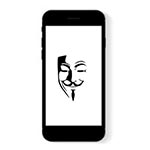
বিগত কিছুদিন যাবৎ লক্ষ্য করা যাচ্ছে, কতিপয় ব্যক্তি বিভিন্ন সফটওয়্যারের মাধ্যমে গুরুত্বপূর্ণ ব্যক্তিদের নম্বর নকল বা স্পুফিং করে নানা অনৈতিক কর্মকান্ড চালাচ্ছেন। জালিয়াতির মাধ্যমে কোনো ব্যক্তির মোবাইল নম্বরের এহেন ব্যবহার বেআইনি ও শাস্তিযোগ্য অপরাধ। মোবাইল নম্বর জালিয়াতি বা স্পুফিংকে কোন কোন ক্ষেত্রে ভুলবশত "সিম ক্লোনিং" নামে অভিহিত করা হলেও প্রকৃতপক্ষে এটি ‘স্পুফিং। স্পুফিং প্রতিরোধেও অপারেটররা বেশ কিছু পদক্ষেপ গ্রহণ করেছে। তদুপরি, কেউ এ ধরনের সন্দেহজনক নম্বর থেকে কল বা বার্তা পেলে আইন-শৃঙ্খলা রক্ষাকারী বাহিনীকে অবহিত করুন।
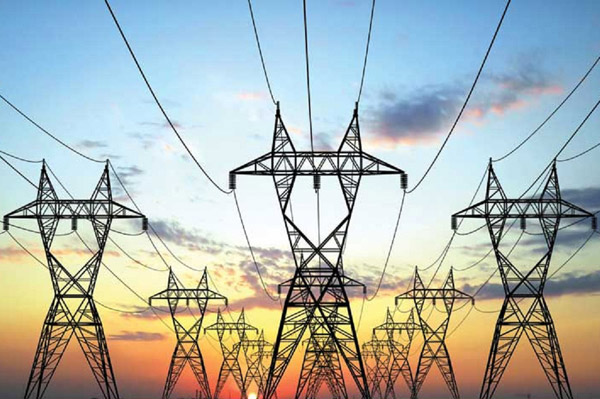
AMTOB statement, date September 4, 2022: Due to national power grid failure, telecommunication services may disrupt in some parts of the country. We are sorry for the inconvenience.
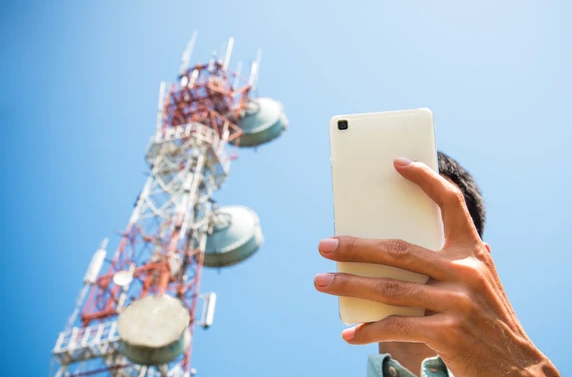
As per the instruction of Bangladesh Telecommunication Regulatory Commission, 3G and 4G services have been restored at the Rohingya camps and surrounding areas of Teknaf and Ukhia upazilas in Cox’s Bazar.
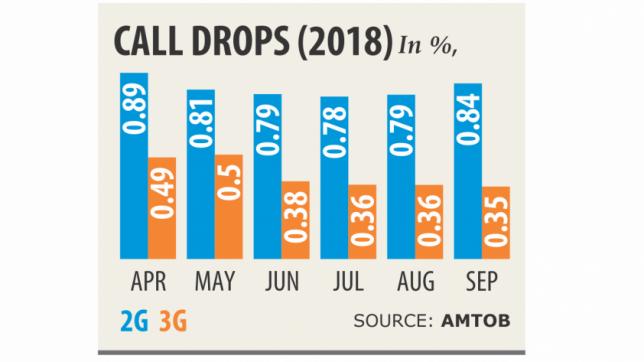
Mobile phone operators yesterday said the industry average for call drops is about 0.8 percent, which is lower than the average of the developed world and within the ceiling of the telecom regulator.
According to the Bangladesh Telecommunication Regulatory Commission (BTRC), a 2 percent call drop is acceptable while the International Telecommunication Union's tolerable level was 3 percent.
For India, the acceptable call drop was 2 percent while for Malaysia it was 5 percent, said mobile operators at a working session at the La Vinci hotel in Dhaka.
There is no such ceiling for countries like the United Kingdom, France, Germany and Australia.
In the session “Quality of Service: Expectation and Reality” organised by the Association of Mobile Telecom Operators of Bangladesh (AMTOB), operators said fibre optic cable cut, spectrum shortage, shortage of spots for establishing telecommunications sites and densely populated city areas were the main causes for the call drops.
“In the city, there are dozens of restricted areas where we cannot set up our networks and frequent use of jammers also causes call drops,” said Shahed Alam, executive vice-president and head of regulatory affairs at Robi, the second largest operator.
The Defense Officers Housing Schemes in the capital do not allow setting up of mobile networks inside their areas alongside the authorities of Bashundhara residential area, Banasree, officers club and Ramna area, he said.
Mobile operators also cannot set up networks from Banani to Airport for some unresolved issues and from Bijoy Sarani to Jahangir Gate there are huge jammers similar to those at the old central jail, said top executives of a number of operators.
Some mosques also use jammers, they said.
“The same happens in the Chittagong port, DOHS and airport areas,” said Alam.
Cell phone jammer is an electronic device that blocks transmission of signals between a mobile phone and a base station. By using the same frequency as a mobile handset, it creates strong interference for communication between the caller and receiver. Operators said when a call is generated by a customer it passes through a number of channels such as nationwide transmission networks, internet connections, internet exchanges and in some cases international gateways, before reaching a receiver. The operators have nothing to do if something goes wrong at any channel, the top executives said.
Two weeks ago, the BTRC published a report showing that there were 222.15 crore call drops between September last year and September this year and the operators were supposed to give back 69.38 crore minutes to the affected subscribers for free as compensation.
The report said Grameenphone had 103 crore call drops. Robi and Banglalink had 76.18 crore and 36.54 crore call drops respectively during the time.
Hossain Sadat, acting chief corporate affairs officer of the market leader, said during the period, GP handled 9,000 crore calls.
“If we convert it to percentage, it will be about 1 percent. But when you say 103 crore, it seems to be a huge amount,” Sadat added.
He said fibre optic cable cut was their main challenge right now. Currently they are experiencing 50 fibre cuts every month, which was about 20 just one year before, he said.
In the current network running process, optical fibre cable is the main component for the mobile operators to run their operation, the top officials said.
Operators also pointed out a lack of optical fibres as another bottleneck for them as they were not allowed to lay them on their own.
“In about 90 percent cases we do not get optical fibre cable connection in the places we want,” said Taimur Rahman, chief corporate and regulatory affairs officer at Banglalink.
He also pointed out power shortage and complex network running process and low quality of handsets for the call drops and poor service quality.
Operators said there are 185 megahertz of spectrum in the country and mobile operators are currently using about 130 MHz. They demanded allocation of the unused spectrum at a minimum cost to help them improve service quality.
The operators said the service quality can be improved by more than 60 percent if the government resolves some of the challenges which are not in their control.
Of the total drops, mobile phone operators gave back only a third of the minutes payable to users, the report said.
The call drop issue was brought to attention when Commerce Minister Tofail Ahmed raised it in parliament on October 21 and expressed dissatisfaction over the call drops related to Grameenphone.
Saifur Rahman Khan, a deputy general manager of state-owned Teletalk, and Abdullah Al Mamun, manager for communication and research of the AMTOB, also attended the event.
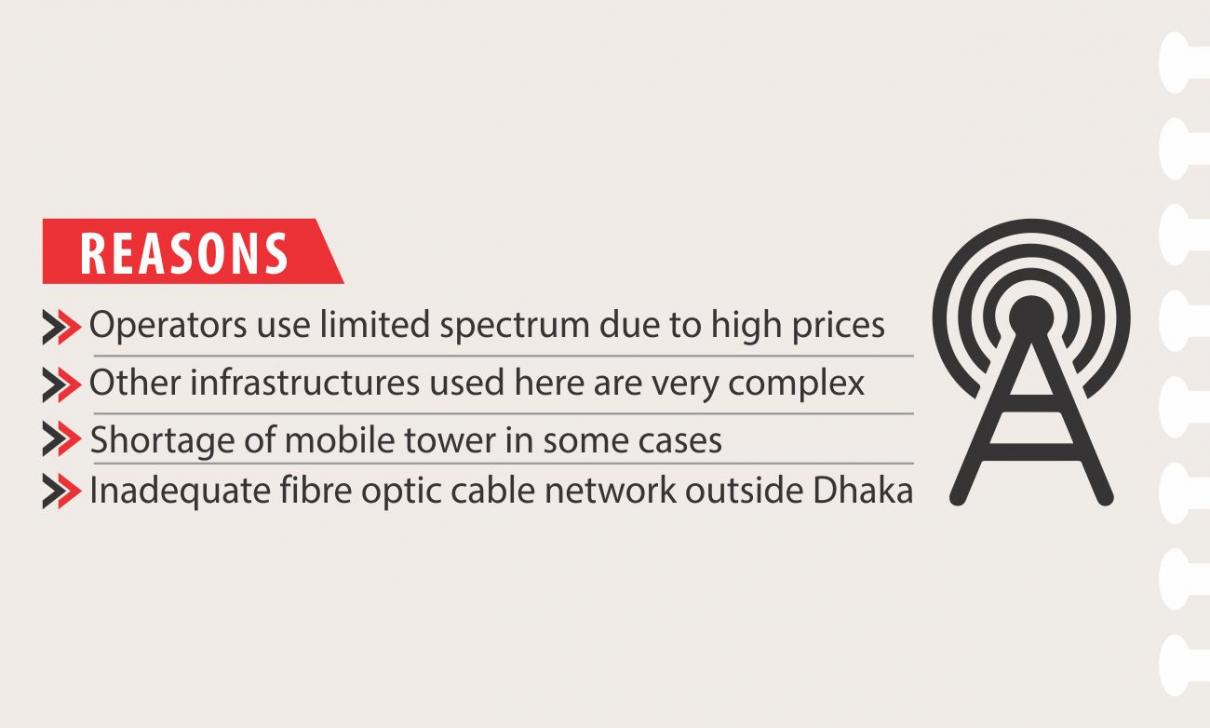
No matter how much you grumble about that call suddenly going dead, the situation is unlikely to improve anytime soon.
Officially, only 5,193 complaints of call drop were lodged with the regulator last year, but industry insiders say it happens a few hundred crore times a year.
There are 15.7 crore active mobile connections in the country as of December.
Call drops happen for many reasons, mainly technical. Key among them is the spectrum used by the operators.
In Bangladesh, mobile carriers use limited spectrum because of the unusually high price, the highest in the world. As a result, the network gets crammed, which in turn leads to call drop.
The situation is worsened by the strange arrangement of call transfers from carrier to carrier through independent gateways or interconnection exchanges (ICX), something not found anywhere in the world.
Across the globe, call transfers are done through radio links of the carriers. But here, it is done through 29 intermediaries (ICXs). Most of them are run by people with political clout, while a number of them are not properly equipped to handle the calls, industry insiders said.
Inadequate fibre optic cable network outside Dhaka also stands in the way of smooth call transfers. Shortage of mobile phone towers, which receive and transmit signals, are also to blame for the situation.
“Bangladesh is a unique country in the world in terms of mobile operators' network design, which contributes to sub-standard services,” said Abu Saeed Khan, a mobile industry expert, explaining the unnecessarily complex system.
HIGHEST IN THE WORLD
In Bangladesh, carriers use only 0.83 Megahertz of spectrum for every 1 million users, way less than what operators use in other countries.
Sri Lanka uses 6.21 MHz, Malaysia 5.19 MHz and Afghanistan 6.84 MHz for equal number of subscribers, according to GSMA.
Pakistan (0.95 MHz), Vietnam (1.33 MHz), Thailand (2.01 MHz), and Nepal (2.98 MHz) are also far ahead of Bangladesh.
During 2000-2017, frequency price in Bangladesh was almost three times the average price in Asia Pacific region. It is also the highest in the world, according to a study by the global association of the mobile operators, GSMA, published in July last year.
Bangladesh Telecommunication Regulatory Commission (BTRC) sold every MHz of 900 MHz and 1800 MHz bands for $30 million and 2100 MHz band for $27 million. There was a 10 percent value added tax as well.
Some South Asian countries provide spectrum for free.
In February last year, only Banglalink and Grameenphone bought some additional spectrum. Still, their total spectrum is less than half of what they need for smooth operation, sources said.
BTRC Chairman Jahurul Haque acknowledged the high price of spectrum, but said it was due to the high demand.
Also, initially operators got free frequency when they started their business. That should be taken into consideration as well, he said.
“At this point, we can say that the government is seriously considering reducing the price, and the industry may see huge spectrum allocations in a short time,” he added.
JAMMERS, INADEQUATE TOWERS
In Dhaka city, there are at least eight spots, including Shahbagh and Mohakhali, where carriers cannot install towers due to inadequate space and other restrictions, resulting in call drops in adjacent areas.
Carriers cannot set up towers also in any defence officers' housing scheme (DOHS) areas in the capital. Authorities in Bashundhara Residential Area and Banasree also do not allow cell towers, said Shahed Alam, head of corporate andregulatory affairs at Robi.
The situation is similar in Chittagong, where mobile towers are banned in certain parts, including the port, DOHS areas and the airport areas, Shahed added.
“The use of unauthorised signal jammers is another concern for the operators as many mosques use them to stop phones going off during prayers. This causes call drops in adjacent areas,” he said.
Different authorities installed jammers from Bijoy Sarani to Jahangir Gate area. Powerful jammers have been set up in old central jail as well, he added.
In October, the BTRC issued a circular, asking people not to use unauthorised jammers.
WITHIN THE LIMIT?
Contacted, a chief executive officer of a top ICX operator shifted the blame on the mobile operators, saying the carriers were not investing enough.
In more than 95 percent cases, call drops happen due to call transfer problems for which mobile companies are responsible, claimed the official, who worked at a top mobile carrier for years.
Despite all these problems, a number of carriers claimed that their call-drop rate was within the limit set by the BTRC and that it was lower than the average limit in developed countries.
The BTRC's permissible call drop rate is 2 percent. Malaysia accepts up to 5 percent, and according to the International Telecommunication Union (a UN body), 3 percent call drop is normal.
The BTRC said they asked the carriers to improve their service quality to avoid facing action, including suspension of their service in certain areas.
Azizur Rahman, BTRC director of System and Service, said they were doing a survey to learn about the service quality.
“We will be tough on the carriers [if the service is poor],” he warned.
In a recent statement, Grameenphone, the largest carrier in the country, said, “While call drop is not an uncommon phenomenon in radio technology-based mobile services, the situation is more acute for operators in Bangladesh since we have many other players in the mobile phone value chain which are not under our control.”
Robi said high cost of spectrum, poor quality fibre network, complex telecom eco-system, challenges in setting up towers, and low average revenue were the main obstacles to providing the high-quality services expected from carriers.
“There can be many reasons for call quality or call drops and the majority of these are connected to external factors over which mobile operators have no control whatsoever,” said Shahed of Robi.
Also, in Bangladesh operators cannot establish their own fibre optic network, a fundamental resource for quality service, due to legal restrictions. This is why they have to get the service from third parties, he said.
Currently, there are five players in the fibre optic cable business. Three are state-owned and they have very small networks. The two private ones virtually have a duopoly of the business.
BTRC Chairman acknowledged the challenges facing the carriers and said the problems could not be solved overnight. “It will take five years to solve this.”
He said the carriers must buy more spectrum. In the meantime, the telecom watchdog would try to mount pressure on them to improve service quality and reduce the number of call drop.
Based on customers' complaints, the BTRC recently asked the carriers to update them about the latest call drop situation, he added.

The telecom operators want the upcoming national budget to withdraw the 21.75 percent VAT, supplementary duty and surcharge that people pay to use SIM cards.
They also sought amendments to some clauses of the tax laws for the sake of digitisation of the economy.
The Association of Mobile Telecom Operators of Bangladesh (Amtob) has recently placed a set of proposals on the budget to the National Board of Revenue (NBR).
The association wanted the taxes to go as the mobile users purchase internet data and applications through their SIM cards.
“If the government withdraws the VAT and other taxes from internet usage, it will significantly become cheaper for the end users. That will ultimately help build a digital country,” according to the proposals paper signed by TIM Nurul Kabir, secretary general of the association.
Finance Minister AMA Muhith has recently given assurance of reducing taxes on internet usage, in a programme of Bangladesh Association of Software and Information Services. As in previous budgets, Amtob has again wanted withdrawal of a VAT and supplementary duty of Tk 100 on sales of SIMs, as more people are using smartphones now to avail different telecom services.
The government reduced the duty on sales of SIM to Tk 100 from Tk 800 couple of years ago. But this Tk 100 duty should also go to help marginal people get mobile connections at cheaper rates, Amtob said.
If the duty is withdrawn, the government may lose some funds; but the move will definitely help expand the mobile customer base, leaving a positive impact on the country's gross domestic product, reads the proposal.
Amtob also sought withdrawal of the 10 percent tax on corporate social responsibility expenditures, as such tax may discourage the mobile operators to spend more of such funds.
They also sought a complete directive from the NBR on taxes payable by e-commerce businesses to prevent grassroots level tax officials from charging excessively.
Another amendment was sought for bringing down corporate tax on earnings of publicly listed and non listed companies from 40 and 45 percent respectively to 25 and 35 percent.